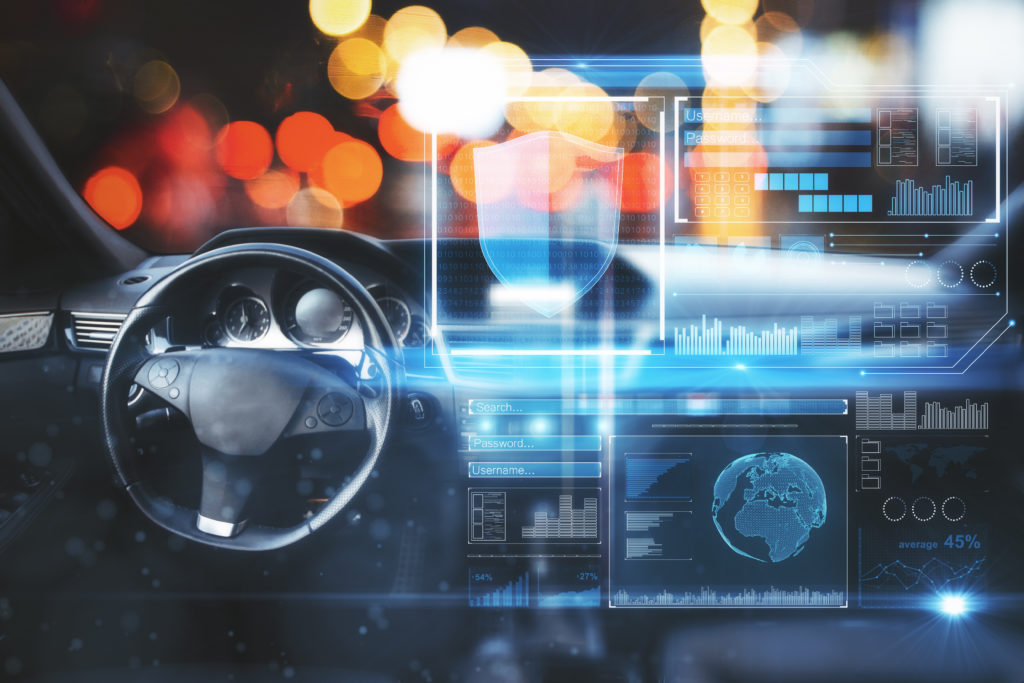
Driverless cars and hands-free driving technology are coming to the forefront of the transportation industry, and one major manufacturer is now at play.
In San Francisco, driverless cars are being deployed by General Motors’ self-driving car company, which is working toward creating an automated, robotic ride-hailing service–one that would compete with the likes of Uber and Lyft.
Announced December 9th, Cruise will be deploying self-driving cars without the safety of any human behind the wheel. The vehicles will still be closely monitored, however, by employees at remote locations.
This announcement comes two months after GM’s beginning to operate driverless cars–with a person behind the wheel in case of emergency–on California public streets, a state in which many other technology companies have been testing their AV capabilities.
“We believe self-driving has the potential to upend transportation,” said Dan Ammann, CEO of Cruise.
Still, Cruise has yet to deploy ride-hailing service vehicles to pick up passengers on their own, although California regulators have already approved rules to do so.
However, Cruise will be dispatching up to five driverless cars throughout San Francisco, with passengers consisting solely of Cruise employees, initially. When the vehicles were being tested with someone behind the wheel, the only passengers at that time were other employees, as well.
Although there is no clear launch date for Cruise’s driverless ride-hailing service, Ammann assures that Cruise is progressing toward “a commercial product that everyone can use.”
Although Cruise has been working on this driverless technology throughout the last decade, Waymo, of Google, has yet to announce when it would deploy any driverless cars, although it has a permit to do so and has been progressing steadily. Waymo launched its service initially in the Phoenix area in 2018.
Cruise has tested its technology throughout over 2 million miles of self-driving over the last five years to get to where it is today.
Also on the list of recent tech innovations is the GMC Sierra’s hands-free driver assistance feature, Super Cruise. The Sierra pickup is now the highest-volume GM product to be equipped with the award-winning technology, and is now one of many semi-autonomous trucks hitting the market soon, joining the ranks of the Tesla Cybertruck, Ford F-150, and Rivian R1T.
“We’re putting Super Cruise on a Sierra. [It’s] the world’s first true, hands-free, driver-assistance tech available pretty much across the United States,” said Phil Brook, marketing executive for GMC. It won’t “just be in the big cities, [but] in every state because…it’s such a popular vehicle.”
Similar to Super Cruise is Ford’s Active Drive Assist, a hands-free option made available for GMorder on the 2021 Ford F-150, which is scheduled to enter dealer lots in 2021’s third quarter. Super Cruise will be released first on Sierra’s premium Denali trim and can function while towing.
Right now, the market’s leading semi-autonomous systems are those of both Super Cruise and the hands-free Autopilot of Tesla. Super Cruise can only function on divided highways because GM deems that the safest way to utilize it properly.
Super Cruise and Ford’s Active Drive Assist both use infrared lights along with a camera system to make sure a driver is paying adequate attention to the road, and can allow a vehicle to be operated hands-free on divided highways, thanks to its radar sensors and GPS mapping capabilities.
Super Cruise will only intervene and offer consistent alerts if it finds a driver’s eyes are not paying attention to the road ahead.
The Super Cruise option will be also available on higher-trim Cadillac models in 2021, costing around $2,500 on the Cadillac but less on the Sierra. Ford’s system will cost around $1,600 on the F-150 and Mach E. All brands typically charge monthly subscription rates in addition to initial costs.
According to industry analysts, the take-rate of Super Cruise on the Cadillac CT6 was around 30%, and if that number remains consistent with the technology on the Sierra, nearly 70,000 vehicles with hands-free Super Cruise should be present on the road by 2022.

